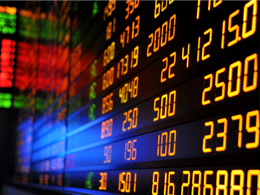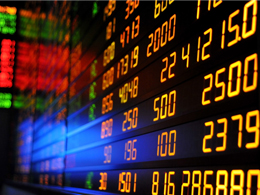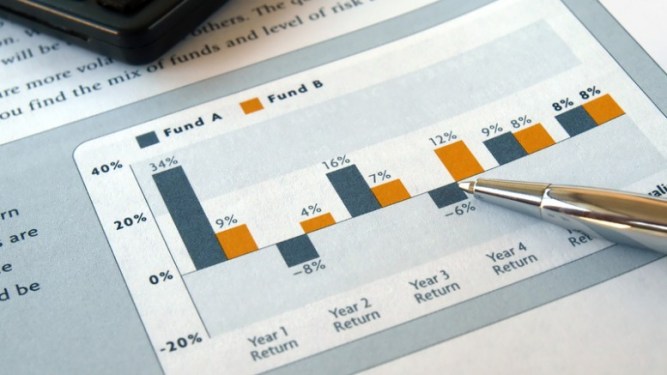More Volatility—Plus More Good News
by Brad McMillan Commonwealth Financial Network
 Yesterday was another bad one for the markets. Worries continue to build around the energy sector, the European banking system, emerging markets . . . the list goes on and on.
Yesterday was another bad one for the markets. Worries continue to build around the energy sector, the European banking system, emerging markets . . . the list goes on and on.
Clearly, stock markets worldwide are betting on a serious downturn. Strangely, though, economists in general (myself included) think the global economy is much more likely to continue growing than move into recession.
Which should we believe: the markets or the pundits?
Economists vs. the market
In most cases, I’d side with the markets, which have a pretty good record at getting things right over time. In this case, however, history suggests we should listen to the economists. John Kenneth Galbraith famously said, “The only function of economic forecasting is to make astrology look respectable.” In this case, the stock market is even worse.
As Gluskin Sheff’s David Rosenberg recently joked, the stock market has predicted 27 of the past 11 recessions. The consensus of economists, in contrast, has missed most of them until well after they’ve actually begun. In other words, the stock market tends to overpredict, while the economists tend to underpredict. At times like this, the stock market is probably too pessimistic, while the economists are too cheerful.
No matter how you slice it, data doesn’t indicate recession
To our credit, economists tend to point to underlying data to support our decisions. (My monthly risk factor update is a good example.) There is enormous variability in the measures different economists consider important, and in how those measures are interpreted, which can lead to disparate conclusions, but the data is what it is.
I’ve been looking at a number of economic analyses that identify various favored metrics, and almost all of those indicators—more than 90 percent—aren’t close to the red zone. (My review spans multiple firms and analysts, with a variety of viewpoints.) Even if we ignore the opinions, the weight of the indicators—all of which have a very good track record of highlighting recessions—suggests we just aren’t headed that way yet.
My own indicators are actually among the more pessimistic, which I was pleased to see, as I deliberately selected them to cover a broad spectrum of the economy and risk factors. Even based on my metrics, however, the economy still comes out looking solid. Risk is certainly there, but it’s relatively low at this point.
Ignore the wildly wagging market
The stock market says recession, but it is too pessimistic well over half the time. The vast majority of the fundamental indicators say continued growth, and they are rarely wrong individually, and even less so on a collective basis.
From a real-world perspective, the real economy affects more people, to a much greater degree, than the financial economy. I’m not minimizing the markets, but they do bounce around over time. With more people getting jobs, with pay rising at a faster pace, and with car and home sales rising, the real economy continues to improve. Today’s much-better-than-expected retail sales number suggests that the average person gets that.
The real economy is the dog; the stock market is the tail. As anyone who has had a large dog knows, the tail can do a lot of damage, but it is ultimately under the control of the dog. What almost all of the data is telling us is that the dog is fine, even if the tail is whipping around at the moment.
Commonwealth Financial Network is the nation’s largest privately held independent broker/dealer-RIA. This post originally appeared on Commonwealth Independent Advisor, the firm’s corporate blog.
Copyright © Commonwealth Financial Network














